 Written by ContentPowered.com
Written by ContentPowered.com
When you view a Facebook page, you typically consider the number of likes a page has. Unfortunately in recent years, that number has gotten to be pretty misleading, because there’s another right under it; followers. These two numbers do not have to be the same, and I’ll tell you why. First, though, a little about what likes and followers are, and how they’re different.
Likes Versus Followers
When a person likes your page, they automatically follow your page as well. There are two buttons right next to each other with those features, and when you click “like”, the follow button becomes clicked as well. So why have two buttons at all? Because you can turn the follow off.
I’m going to go ahead and quote a previous article we already wrote on this subject here. If you want to read more in depth into the various interactions you can have with different account types on Facebook, read this post. Here’s the relevant part for right now, though:
- Not Liked or Following. These people are not engaged with your page at all. If they show up in the right demographics, you can advertise to them, but they don’t see your organic posts and they aren’t related to your Page.
- Liked but not Following. These people show up in your audience, as mentioned, but don’t see your posts. They can, however, potentially be convinced to upgrade their relationship.
- Liked and Default Following. This is what the vast majority of the people who like your page will be. When a Profile Likes a Page, they are automatically set to Follow that Page as well. This is where EdgeRank runs the show, determining how often that Profile sees your posts based on how old those posts are, how often that Profile has engaged with your Page, and other factors.
- Liked and See First Following. This is the most valuable sort of user. A Profile can visit your Page and can change their Follow status to “See First,” which will prioritize showing your posts to that Profile above the posts of other Pages and Profiles that interact with them. If I choose to see your posts first, it overrides EdgeRank and makes sure I see those posts. “
So as you can see, when a user likes your page, they can choose to unfollow you right then, or at any time later.
This is an interesting situation. You might have, say, 10,000 people liking your page, but only 8,000 following your page. What this means is that your default audience is only actually 8,000. Your reach, though, still takes a percentage out of 10,000. You’re already missing that percentage of your audience before the algorithm even kicks in.
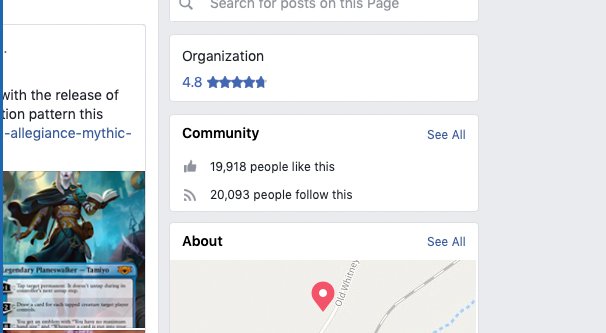
There’s also one more situation than what I covered above, and that’s not liked but following. You can choose to follow a page even if you don’t like it. This means you will see the posts the page makes, but you aren’t part of their audience for things like advertising. You’ll definitely be part of the lookalike audience, though, and any web-tracking will catch you, and you still see posts, so I’m not really sure why this exists. I’ve even seen a few pages – like this one – that have more people following them than like the page.
Why Your Numbers Are Different
So the real question you all have is “why do I have fewer followers than I do likes?” I’m sure very few of you are in a position where you have more followers than likes, but even if so, the reasons are likely the same, just in reverse.
The main reason why you have more likes than followers is that some people have chosen to unfollow your page. They want to continue to show that they like your brand, and by keeping their page like in place, they can do things like enter your contests on Gleam or have your brand show up in their list of liked pages.
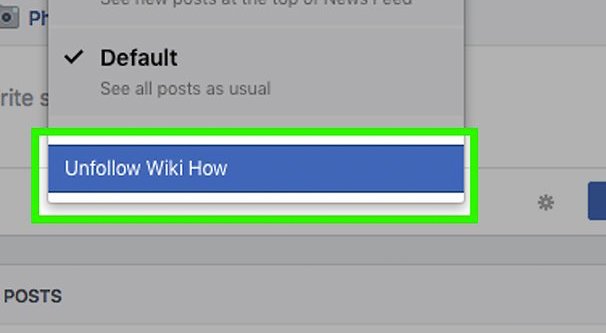
However, for one reason or another, they have decided they don’t want to keep seeing posts from your page. There are a lot of possible reasons for this.
- They noticed that every time they see one of your posts, they don’t care about it, and decided they would rather open that slot in their feed up to another person or brand they care about more.
- Some viral campaign spread telling people some half-truths or some glimpse of how the Facebook algorithm works, and they decided to try to unfollow all of their pages so they can see more posts from friends.
- You’ve made a lot of posts that people don’t want to see for one reason or another, and they have decided to unfollow you.
- People tried to un-like your page but un-followed you instead, without realizing there’s a difference between the two actions.
Really it all comes down to one thing: for one reason or another, a user has decided they don’t want to see your posts, but they still like you enough that they want to keep their page like on the record. Personally, I don’t feel like it makes much sense, but it’s a method Facebook implemented to give users the feeling of control over their pages.
Conversely, almost all of the reasons why a user might follow your page without liking it involve competitive research. A competitor might follow you so they can monitor your social strategy, without giving your page the benefit of an additional like. It’s such a minimal effect that I personally don’t feel like it matters, but hey, some people pay that much attention to minor details.
How to Get More Followers
Unfortunately, if your numbers are different, there’s not a lot you can do. You can’t reach out to people who unfollowed you because, well, they unfollowed you. They won’t see your posts when you try. Trying to run a campaign of “hey, turn on notifications to see our news! ” only works for the people who already see your posts.
The only real way to get more followers is to get more likes. All of the typical advice for that applies here, of course, and it increases both your likes and your followers at the same rate. If you have 10,000 likes and 8,000 followers, and you get 1,000 new likes, you’ll have 1,000 new followers too; the 2K gap will still be there.
Should You Care?
Honestly, probably not.
So here’s the thing: people have been arguing for years that a like on Facebook doesn’t matter. They’re mostly right; a like on its own isn’t important. It’s the people behind the likes that matter. I would rather have a page with 100 engaged users than 100,000 disinterested users, except for the rare case where I’m trying to sell the page, and that’s not a typical situation.
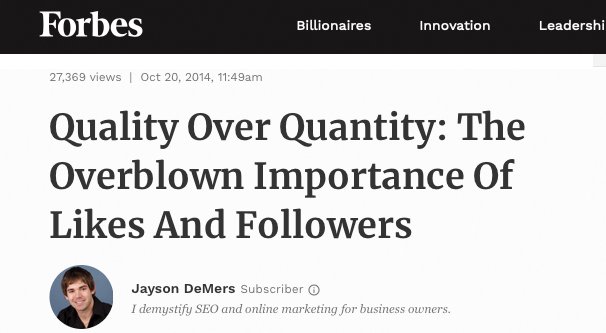
The fact that your follower count is lower doesn’t really matter at all. It’s people self-selecting away from your posts, but that’s fine. They already didn’t want to see your posts, this just ensures that your posts will instead be visible to people who are more interested. I know it doesn’t specifically work like that – reach isn’t a zero sum game – but it’s almost the case.
I absolutely would not worry that your follower and like counts are different unless your follower count is dramatically smaller and dropping rapidly. If that’s the case, it’s an indication that you’re on the wrong track with your posting and you’re nosediving your brand. Of course, this will rarely be the case; most people will be unliking the page instead of just unfollowing it when you make them that irritated.
Preventing the Loss of Followers
If you have plenty of likes and growth in your likes, you might consider monitoring your followers to see if they are falling when they should be rising. If they are, you might need to take some steps to prevent the loss of even more followers. Here are my tips for that, based on what I’ve seen cause the loss of followers in the past.
First of all, keep an eye on your posts. Are they overly salesy? Are you focusing too much on what your audience can do for you, and too little on what you can do for your audience? In general, Facebook should be used for brand awareness and for building up the perception that you’re helpful and useful to your followers. Think about your posts appearing in your users’ feeds, and consider how they look.
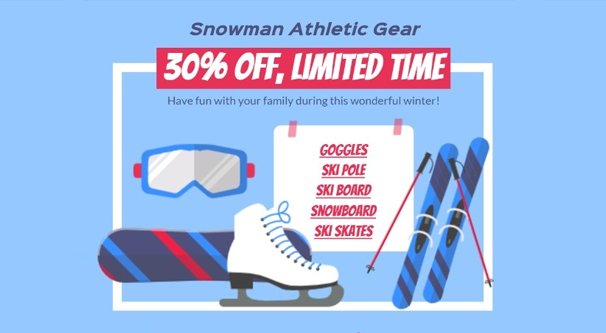
I’ve seen a lot of people slip into overly marketing-style posts and end up losing followers. Remember that people on Facebook want something out of the posts they see. It might just be notice of a new product launch, it might be a sale announcement, or it might just be a link to a funny video.
Don’t be afraid to curate posts or content from your industry if those posts are likely to provide some value to your users. You want, at minimum, your readers to think “oh, neat” when they read a post. Even something as minimal as an interesting fact or statistic can do well enough so long as it isn’t attached to a sales pitch.
Secondly, lay off the contests for a while. Most contests run on Facebook have one main stipulation: like the page in order to qualify. Gleam contests often have a like as an entry method, and others do the same thing, even informal contests. After all, the purpose of the contest is to get more likes, right?

So you have people who are entering your contests but who don’t actually care about your posts. They want the chance to win free stuff, but they don’t ever feel like buying from you. What do they do? They unfollow you. They still like your page, so they’re still entered to win whatever you give away when they see your contests, but they don’t see your posts in their feeds.
“But how do they know about new contests then?” Well, there are dozens of communities on the web dedicated to contests and free stuff. Slickdeals is one of the major ones, for example. It’s quite common for people to find out about contests through a different social channel. Heck, they might just have a Twitter account dedicated to nothing but contests.
A third option is to simply post less often. Some social networks support frequent posts, like Twitter and Instagram. Some have dramatically diminishing returns, and Facebook is one of them. In general, I’ve found that posting once or twice per day, weekdays only, is generally good enough. Even twice a day can be a lot, if you don’t have a lot of interesting things to say.
Bigger brands and big blogs that publish multiple articles per day are more able to share their content on Facebook frequently without issues, but even so, they tend to have a good chunk fewer followers than they do likes.
Really, though, the best thing you can do is just ignore it. Focus on engaging with your audience. Focus on building rapport and community feedback. Focus on creating high quality posts, both on your website and on your social accounts. Focus on gaining a larger audience, not on scraping back the people who left. There’s no good way to contact them anyway.

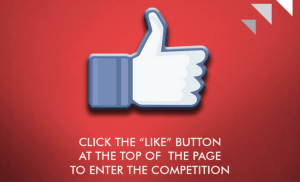


Tatianna
says:Hi, Thank you! I have a question that confusing me. I have almost 20k of followers on my page but very limited likes on my posts. Why my posts not reaching all of the followers. Thanks!!